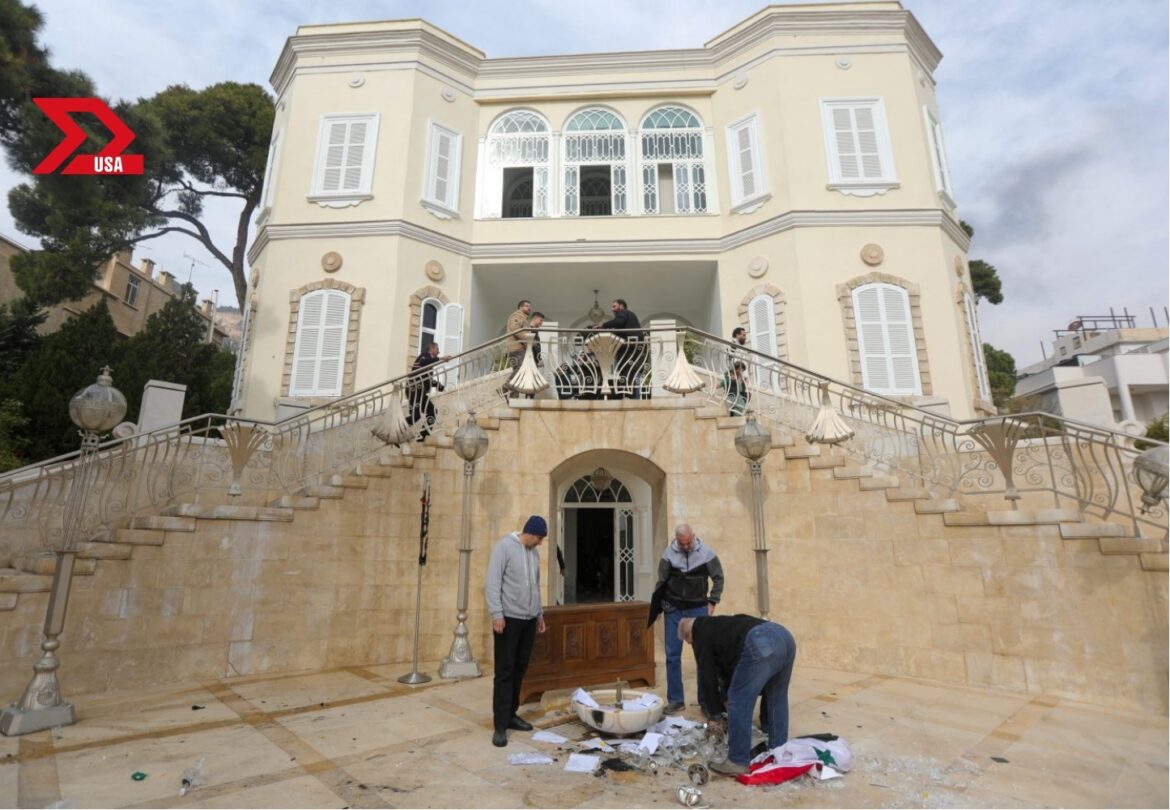The Aftermath of Dictatorship
In a remarkable turn of events, the luxurious mansion of ousted Syrian president Bashar al-Assad in Damascus has become a symbol of change and resilience. Following the dictator’s flight to Russia, the grand residence that once portrayed power and control is now being explored by locals, marking a pivotal shift in the country’s complex narrative. This monumental change signifies more than just the physical abandonment of a dictator’s home; it’s the reclamation of a space once filled with fear and oppression, transforming it into a site of new possibilities.
A Symbol of Resilience and Reclamation
The mansion, adorned with marble and grand architecture, now stands empty yet filled with stories of those who lived under Assad’s regime. As Syrians venture into its opulent rooms, the act of exploring this space becomes a profound statement of resilience. With every step taken within the mansion, the past is acknowledged while laying the groundwork for a future unshackled from the chains of autocracy. It’s not merely a house but a poignant reminder of what was and what can be; a powerful symbol of how people can reclaim their identity and dignity.
Removing the Past
In a significant act of defiance, the Syrian flag was removed from the entrance, signifying the end of an era dominated by oppression. This gesture is not just about physical symbols but rather a deeper psychological shift. It reflects a community eager to distance itself from the horrors of the past and embrace a brighter future. Locals are not only claiming the mansion; they are asserting their ownership over their history, filled with both pain and hope.
Hope Amidst Challenges
As they navigate through the remnants of Assad’s luxurious lifestyle, locals are reminded of the sacrifices made during the civil war. This exploration also raises awareness of the ongoing struggles within Syrian society, where the echoes of war still linger. People are not just reflecting on history; they are engaging in a conversation about rebuilding their nation. The dismantling of Assad’s legacy becomes a cooperative act of unity in a country yearning for peace and recovery.
The Way Forward
The transformation of Bashar al-Assad’s mansion into a space of reclamation for the Syrian people illustrates the potential for renewal even in the direst circumstances. The acts of courage exhibited by the individuals stepping into this once-fortified residence denote a turning point in Syria’s ongoing struggle. This iconic location, now filled with visitors, resonates with memories of the past while inspiring a collective hope for a better tomorrow.
Conclusion: Building a New Identity
The journey from oppression to empowerment is complex and fraught with challenges. However, the actions taking place within the walls of the abandoned mansion underscore the spirit of a people determined to take control of their narrative. As the past fades into history, the future remains unwritten, with each step taken by the Syrian locals paving the way for a new identity, one defined not by dictatorship but by resilience and unity.

